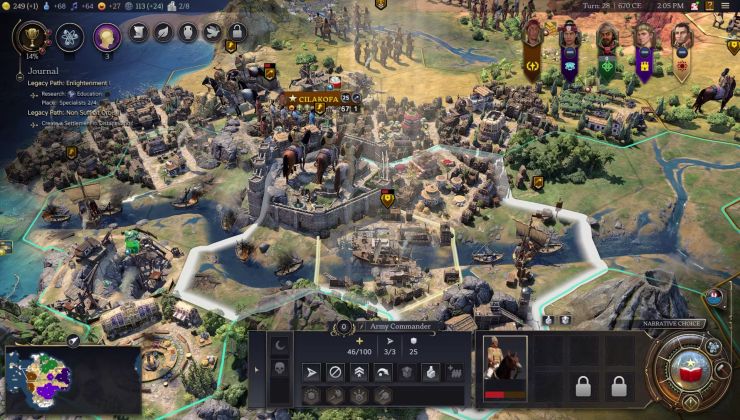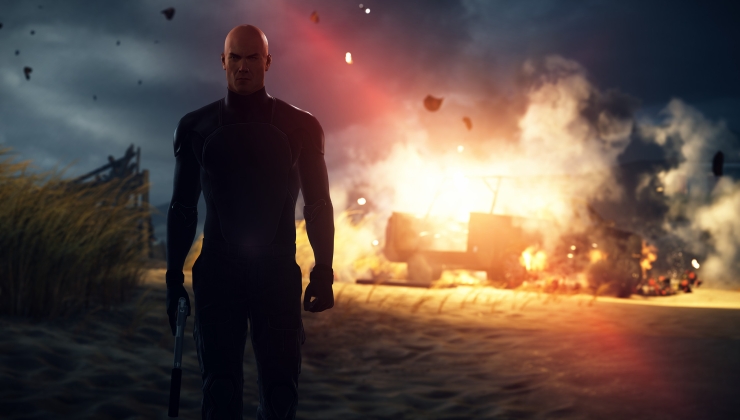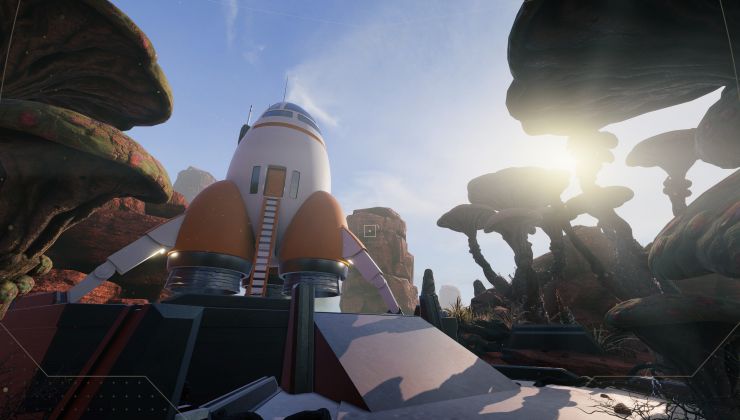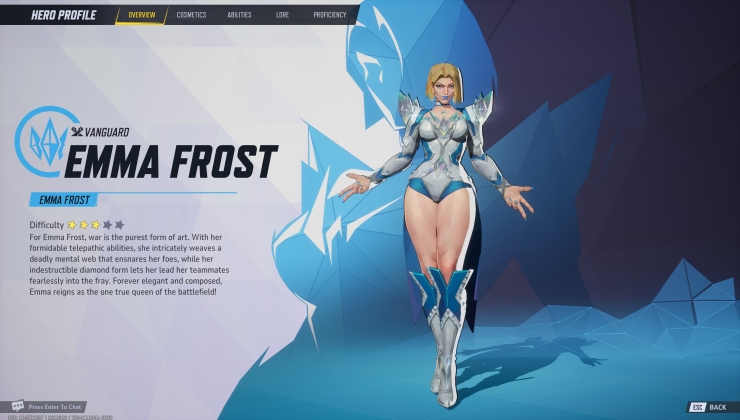Open 3D Engine (O3DE) from the Open 3D Foundation is what was once Amazon Lumberyard, now open source it's just had a first major stable release. This 21.11 version comes as a result of work done together with the likes of Adobe, AWS, Huawei, Intel, and Niantic and hundreds of community contributors.
“With the first major release of the engine, developers and content creators can get started faster—and have confidence that the core components of the engine are stable and supported,” said Royal O’Brien, GM of Digital Media and Games for the Linux Foundation. “Engine builders, 3D simulation developers, and metaverse developers can use O3DE’s open standards and wide range of content creation tools to build the multiplatform 3D experiences of the future, today.”
On the subject of Linux support, it's now officially in the preview stage for both the editor and runtime.
Lots of features were added to the engine including performance profiling and benchmarking tools, an experimental terrain system, a Script Canvas integration for the multiplayer networking system, and an SDK to facilitate engine customization with platform support for Windows, Linux, MacOS, iOS, and Android and much more.
See the official announcement for more.
Is O3DE very different from the current Lumberyard used on New World?
O3DE lacks many lumberyard/cryengine features and has new renderer which completely breaks compatibility, most of changes are I guess due to wish to cut as much cryengine tails as possible, so lots of stuff is missing and has no actual replacements. If you're not ready to dive into C++ code and not ready for some surprises, I can't recomment O3DE or Godot to use for any serious development. For small range projects both are OK now (O3DE has very high hardware requirements though in comparison to Godot 3.x).
Last edited by slapin on 6 Dec 2021 at 7:49 am UTC
Nice to see an alternative to Unreal and Unity. I've seen a lot of developer in my country simply cannot afford those two software, while other alternatives are not powerful enough to support their vision.
they are both free unles you make an certain ammount of money, so i dont get the "cant afford" part
Is O3DE very different from the current Lumberyard used on New World?
O3DE lacks many lumberyard/cryengine features and has new renderer which completely breaks compatibility, most of changes are I guess due to wish to cut as much cryengine tails as possible, so lots of stuff is missing and has no actual replacements. If you're not ready to dive into C++ code and not ready for some surprises, I can't recomment O3DE or Godot to use for any serious development. For small range projects both are OK now (O3DE has very high hardware requirements though in comparison to Godot 3.x).
the sonic colors remaster was made on a fork of godot, acording to a godot developeer it probably was heavly customized since godot 3.x is not capable of making games like this.






 How to set, change and reset your SteamOS / Steam Deck desktop sudo password
How to set, change and reset your SteamOS / Steam Deck desktop sudo password How to set up Decky Loader on Steam Deck / SteamOS for easy plugins
How to set up Decky Loader on Steam Deck / SteamOS for easy plugins
See more from me